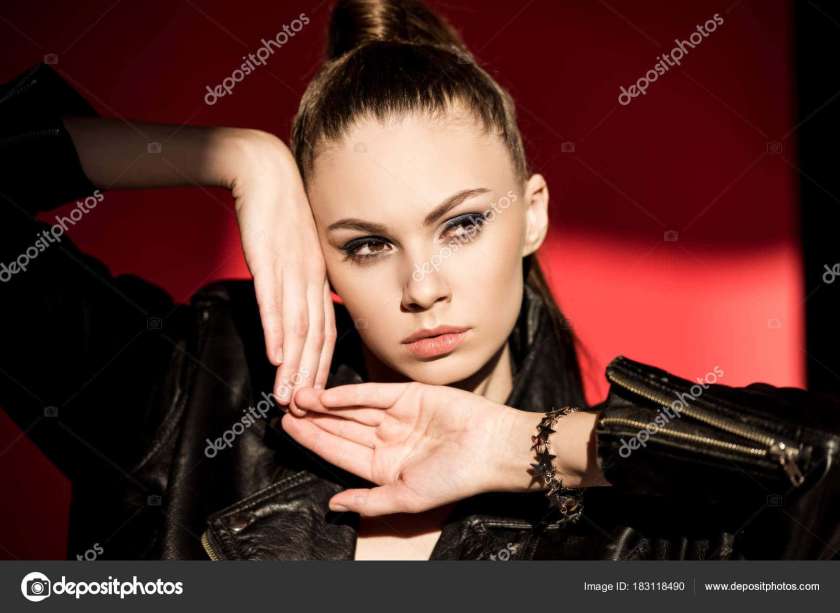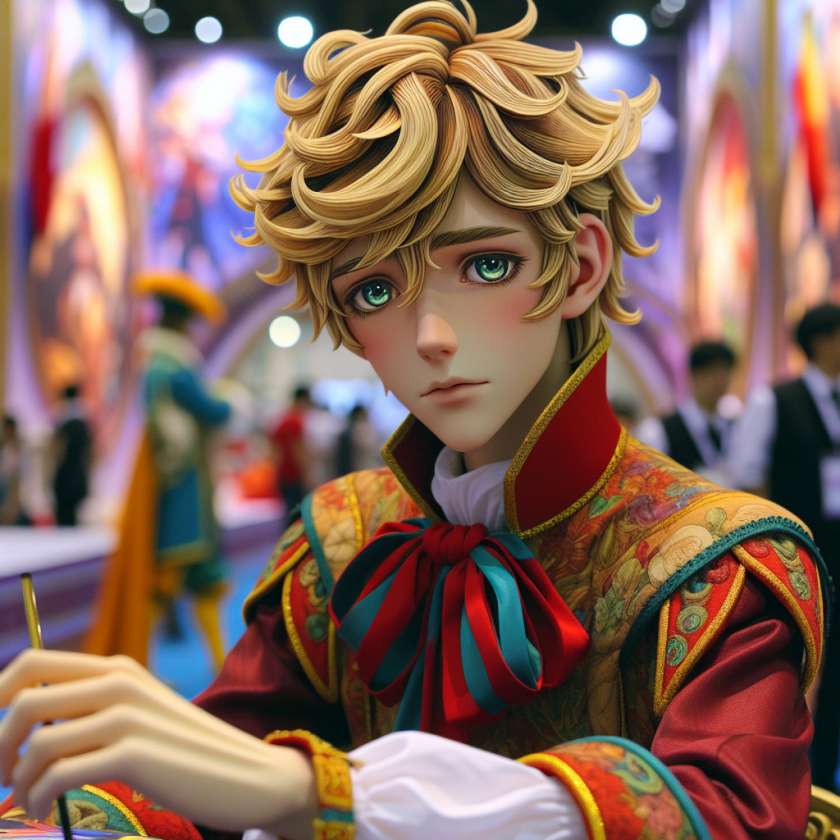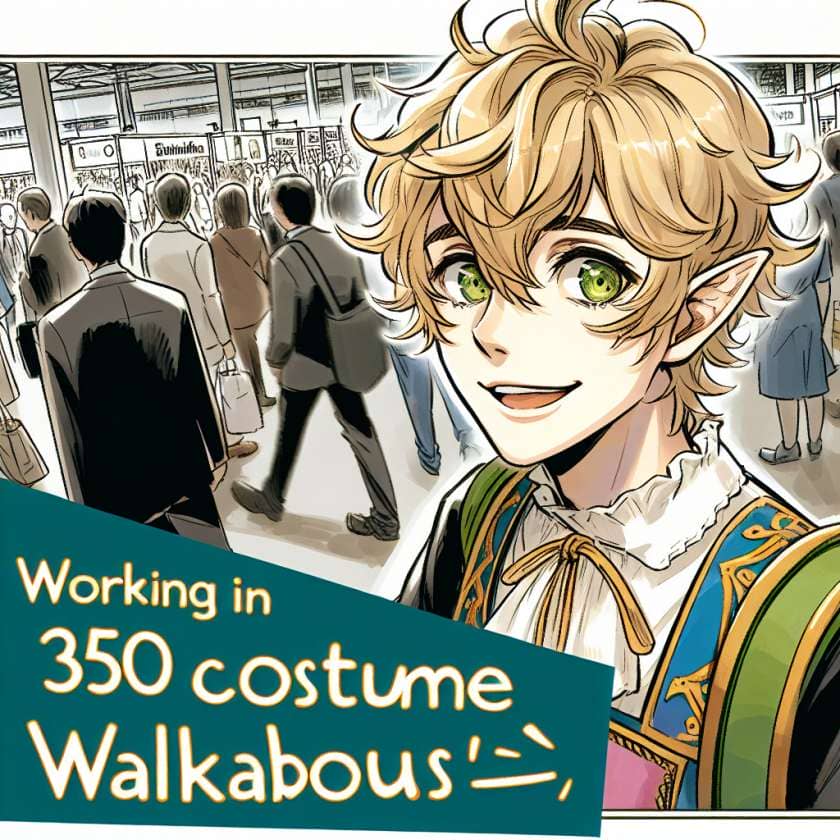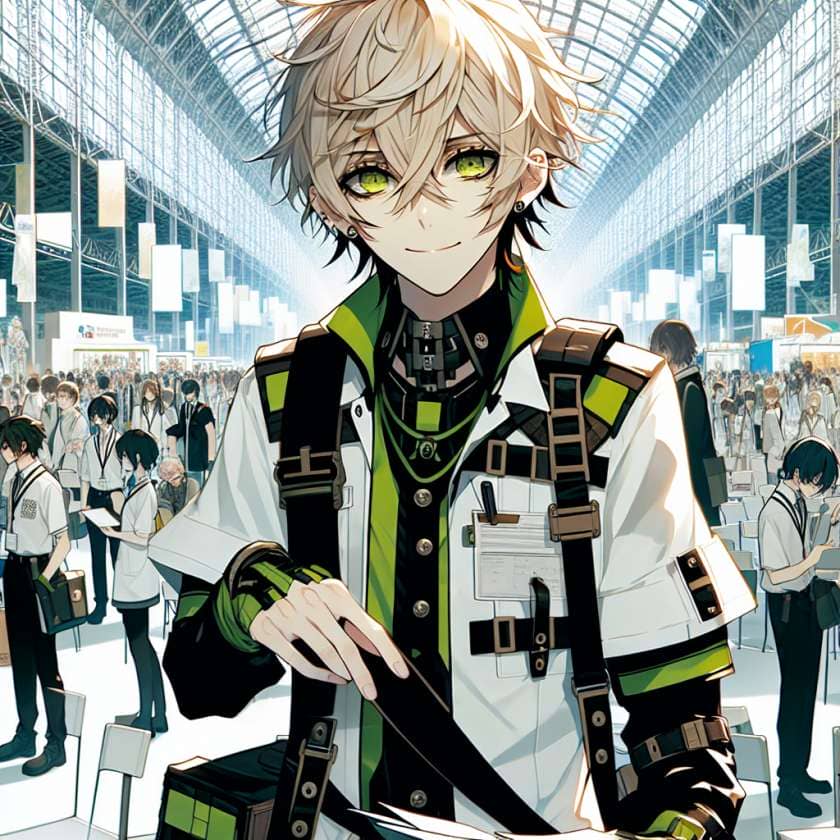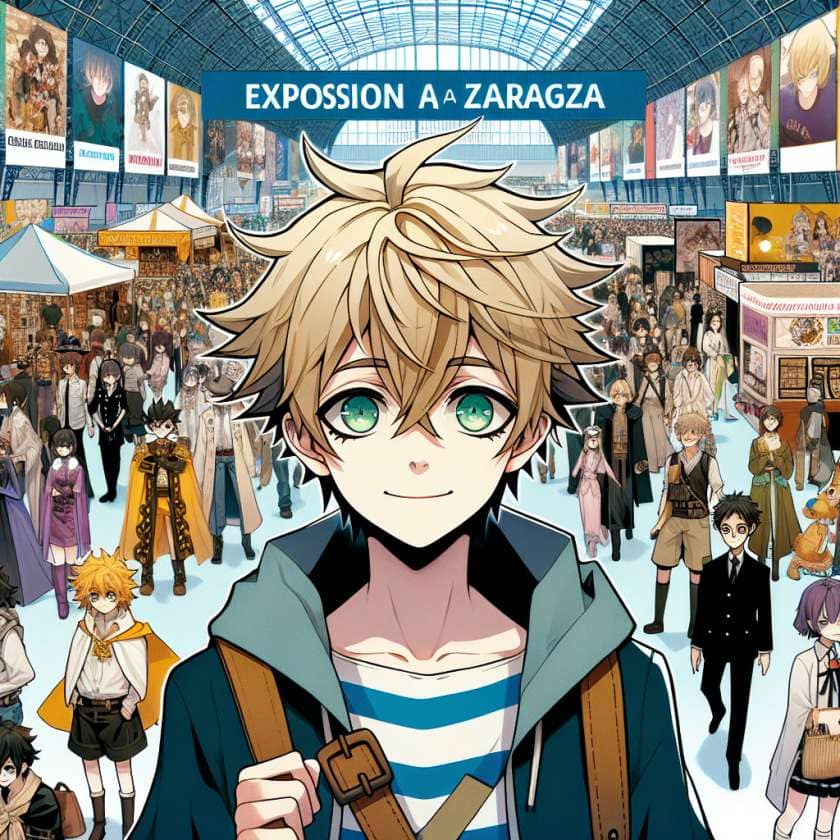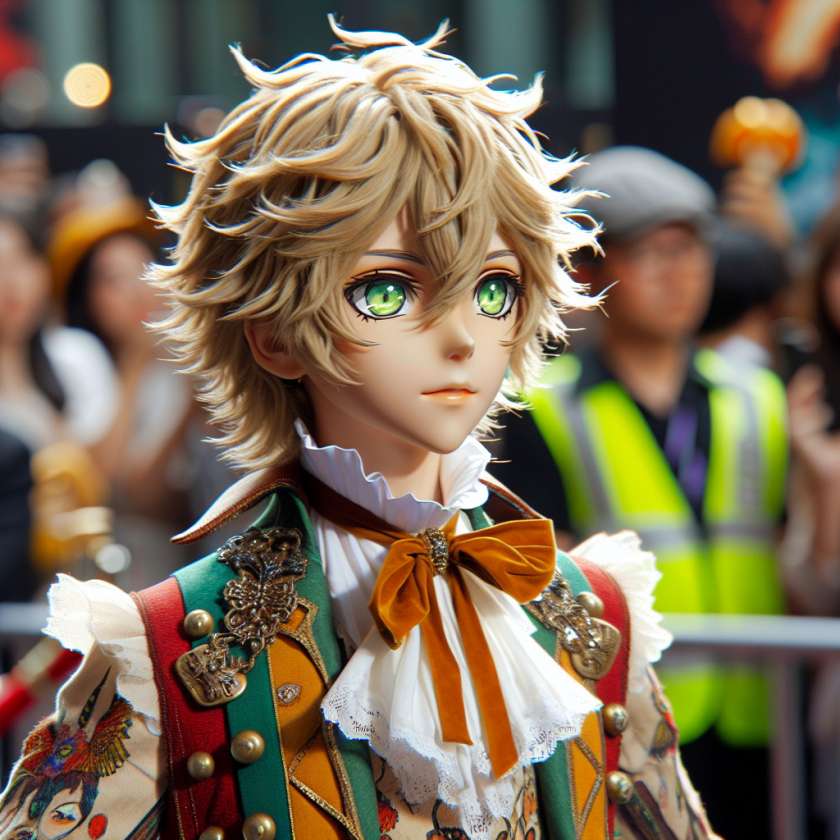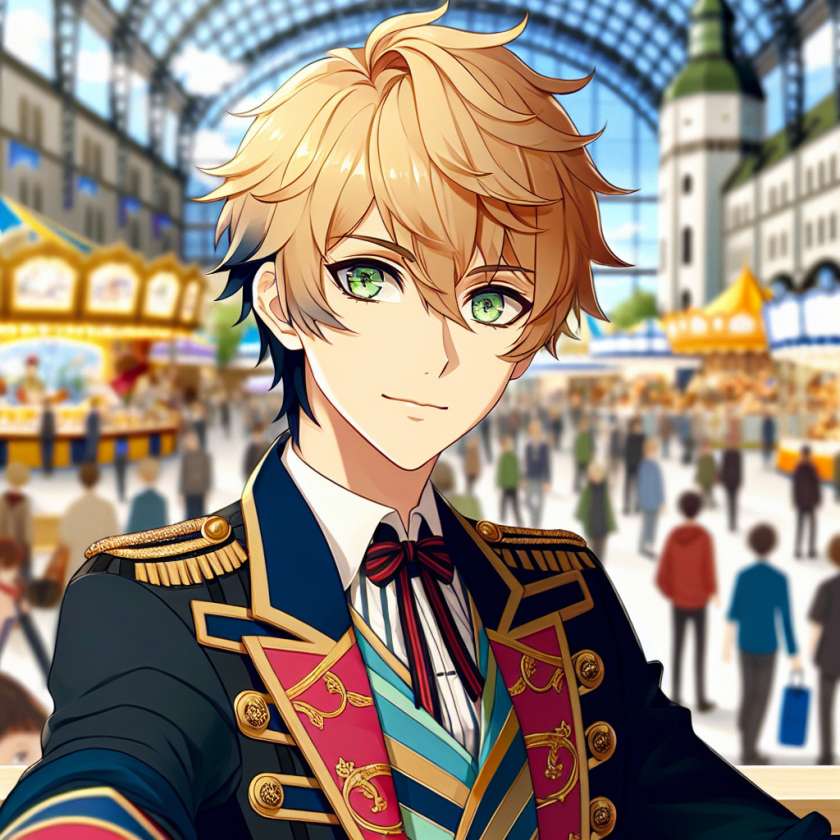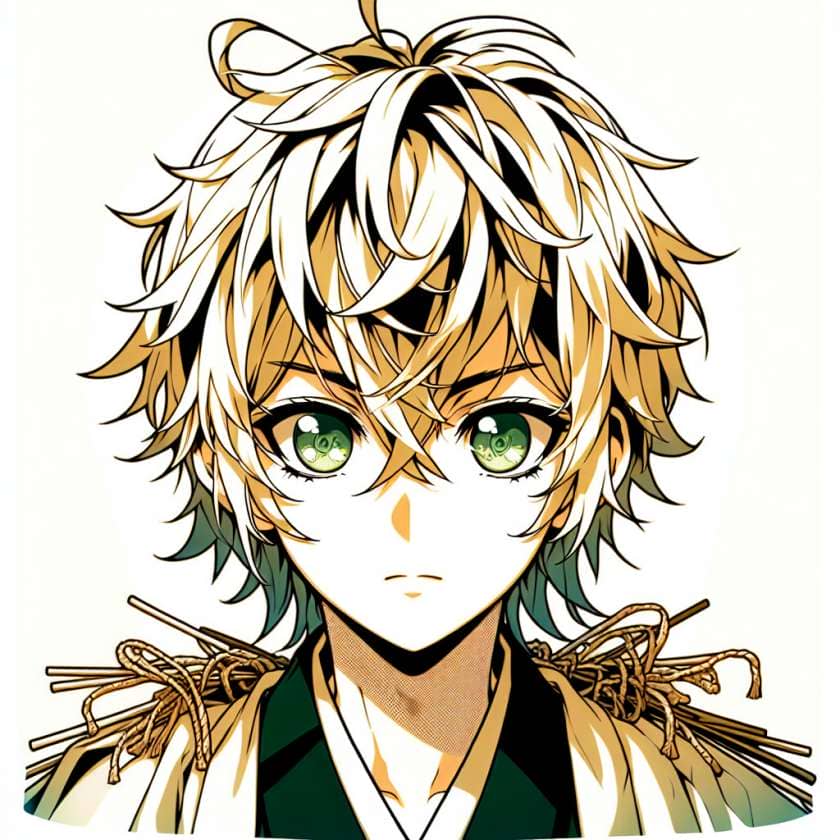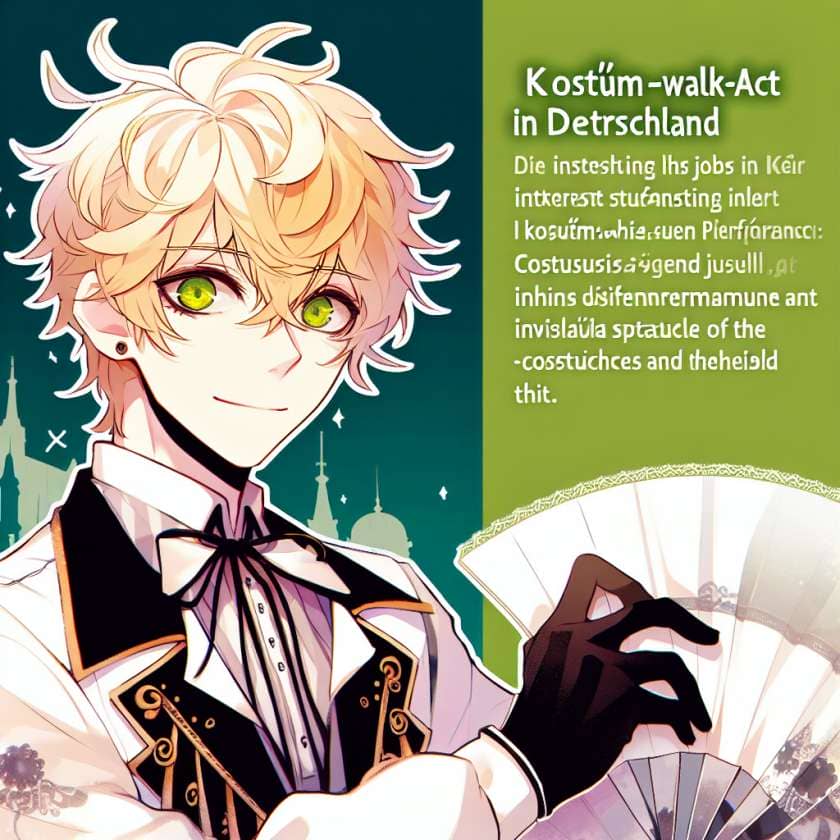
[Sassy_Follow_Icons]
1. The Rise of Leather Fashion: A Historical Timeline
Ancient Origins
Leather fashion has a rich history dating back to ancient times. In fact, the use of leather can be traced back to at least 1300 BC in Egypt, where it was primarily used for footwear and garments. The Egyptians were skilled in tanning and dyeing leather, creating vibrant and durable pieces that showcased their craftsmanship.
The Middle Ages: Armor and Elegance
During the Middle Ages, leather fashion took on a new role as it became a staple material for armor. Knights donned suits of leather armor, known as cuirasses, which provided protection on the battlefield. However, leather also found its way into everyday clothing for both men and women. Leather jerkins and doublets became fashionable choices for those seeking both style and practicality.
The Industrial Revolution: Mass Production
The advent of the Industrial Revolution in the 18th century brought significant changes to the leather fashion industry. With advancements in machinery and manufacturing processes, leather production became more efficient and accessible to a wider audience. This led to an increase in demand for leather goods such as shoes, handbags, and jackets.
[publishpress_authors_box layout="ppma_boxes_890427"]
The Modern Era: From Rebellion to High Fashion
In the 20th century, leather fashion took on new meanings as rebellious subcultures embraced it as a symbol of counterculture. Bikers adopted leather jackets as their uniform, while punk rockers adorned themselves with studded leather accessories. However, leather also found its place in high fashion with designers like Coco Chanel and Yves Saint Laurent incorporating it into their collections.
Famous Moments:
- In 1928, Coco Chanel introduced her iconic Chanel 2.55 handbag, which featured a leather exterior and chain strap.
- In the 1950s, Marlon Brando’s portrayal of a rebellious biker in “The Wild One” sparked a leather jacket trend that still resonates today.
- In the 1990s, Versace’s bondage-inspired leather garments became synonymous with the era’s edgy fashion aesthetic.
As a professional cosplayer, I’ve always been fascinated by the evolution of leather fashion throughout history. It’s incredible to see how this versatile material has transcended time and cultural boundaries to become an integral part of our modern wardrobe.
2. Historical Icons of Leather Fashion: From Ancient Times to Modern Era
Ancient Origins of Leather Fashion
In ancient times, leather was a highly prized material used for both practical and decorative purposes. The Egyptians, for example, utilized leather for their sandals, belts, and even armor. It was also commonly used in Greece and Rome, where it was fashioned into garments such as tunics and cloaks.
During the Middle Ages, leather fashion continued to evolve. Knights wore leather armor to protect themselves in battle, while nobles adorned themselves with luxurious leather accessories like gloves and purses. Leather became associated with status and power.
The Renaissance Influence on Leather Fashion
The Renaissance period brought about a renewed interest in art, culture, and fashion. Leather played a significant role in this era as well. Italian artisans crafted intricate leather goods using techniques such as embossing and tooling. These exquisite pieces were often embellished with gold leaf or colorful dyes.
Leather garments became more tailored and fitted during this time. Women’s fashion saw the emergence of corsets made from stiffened leather, which accentuated the desired hourglass figure.
Modern Era: Leather Fashion in the 20th Century
In the 20th century, leather fashion took on new forms influenced by various subcultures and movements. The rebellious spirit of the 1950s greasers popularized leather jackets as symbols of coolness and rebellion. Motorcycle culture further cemented the association between leather jackets and toughness.
In later decades, designers like Versace and Gucci incorporated leather into their collections, elevating it to high-fashion status. Today, leather is celebrated for its versatility and timeless appeal in both classic and contemporary styles.
Key Takeaways:
- Leather has been used for fashion since ancient times, with the Egyptians and Greeks being early adopters.
- The Renaissance period saw a resurgence of leather fashion, with intricate craftsmanship and tailored designs.
- In the modern era, leather jackets became iconic symbols of rebellion, while high-end designers embraced leather in their collections.
3. Evolution of Leather Fashion: From Classic to Contemporary Styles
Classic Leather Fashion
The history of leather fashion dates back centuries, with its origins rooted in practicality and durability. In the early days, leather was primarily used for protective purposes, such as armor and footwear. Over time, however, it evolved into a symbol of luxury and status.
In the 20th century, classic leather fashion became synonymous with iconic styles like the leather jacket and leather boots. These timeless pieces were popularized by rebellious figures such as Marlon Brando and James Dean, who brought an edgy and cool aesthetic to leather fashion.
Contemporary Leather Fashion
In recent years, leather fashion has undergone a transformation, embracing contemporary styles that cater to a diverse range of tastes. Designers have experimented with different cuts, colors, and embellishments to create unique pieces that push the boundaries of traditional leatherwear.
Contemporary leather fashion is characterized by its versatility and ability to be incorporated into various outfits. From sleek leather skirts paired with blouses for a sophisticated look to bold leather pants styled with graphic tees for a more casual vibe, there are endless possibilities for incorporating leather into modern wardrobes.
Trends in Leather Fashion
- Metallic Finishes: Shimmering gold or silver accents on leather garments add a touch of glamour.
- Cut-Out Details: Strategically placed cut-outs on jackets or dresses create visually interesting designs.
- Color Blocking: Mixing different shades of leather in one garment creates a striking visual contrast.
- Embellishments: Studs, embroidery, or sequins can elevate the overall look of a leather piece.
Materials Used in Leather Fashion
While cowhide is the most commonly used leather in fashion, there are several other types of leather that designers incorporate into their collections:
- Lambskin: Known for its soft and supple texture, lambskin is often used for luxury leather goods.
- Exotic Leathers: Crocodile, snake, and ostrich leathers add a unique and luxurious touch to high-end fashion pieces.
- Suede: Suede is a type of leather with a napped finish, giving it a velvety texture that adds depth to any outfit.
- Vegan Leather: As the demand for ethical and sustainable alternatives grows, vegan leather made from synthetic materials has become increasingly popular in the fashion industry.
4. Influential Designers Shaping the Leather Fashion Industry
4.1 The Impact of Alexander McQueen
Alexander McQueen is one of the most influential designers in the leather fashion industry. His avant-garde and daring designs have pushed boundaries and redefined what is possible with leather. McQueen’s iconic leather jackets, adorned with intricate embellishments and unique silhouettes, have become coveted pieces among fashion enthusiasts.
4.2 The Timeless Elegance of Ralph Lauren
Ralph Lauren is renowned for his classic and sophisticated approach to leather fashion. His designs exude timeless elegance and are characterized by clean lines, high-quality materials, and impeccable craftsmanship. From luxurious leather handbags to sleek leather jackets, Ralph Lauren has created enduring pieces that epitomize refined style.
4.2.1 The Iconic Polo Ralph Lauren Leather Jacket
- Made from supple lambskin leather
- Features a slim fit silhouette
- Embellished with the signature Polo Ralph Lauren logo
- Lined with soft satin for added comfort
4.3 The Edgy Aesthetic of Rick Owens
Rick Owens is known for his edgy and unconventional approach to leather fashion. His designs often feature asymmetrical cuts, exaggerated proportions, and a dark color palette, creating a distinctively avant-garde aesthetic. Owens’ innovative use of leather has challenged traditional notions of how it can be incorporated into fashion.
5. Exploring Common Types of Leather Used in Fashion
5.1 Genuine Leather: A Timeless Choice
Genuine leather is a popular choice in the fashion industry due to its durability and natural beauty. It is made from the top layer of the hide, giving it a smooth and luxurious texture. Common types of genuine leather used in fashion include full-grain leather, top-grain leather, and corrected-grain leather.
5.1.1 Full-Grain Leather: The Highest Quality
- Retains the natural imperfections and grain patterns of the hide
- Durable and develops a unique patina over time
- Breathable and ages gracefully
5.2 Vegan Leather: A Cruelty-Free Alternative
Vegan leather, also known as faux leather or synthetic leather, is an ethical alternative to traditional animal-derived leather. It is typically made from materials such as polyurethane or recycled plastics. Vegan leather has gained popularity in recent years due to its cruelty-free nature and environmental benefits.
6. Sourcing and Processing Leather for Fashion: Behind the Scenes
6.1 The Importance of Ethical Sourcing
Ethical sourcing of leather involves ensuring that the animals used for their hides are treated humanely throughout their lives. This includes responsible farming practices, proper living conditions, and humane slaughtering methods. Additionally, ethical sourcing also considers the impact on local communities and ecosystems.
6.1.1 Traceability in Supply Chains
- Ensuring transparency by tracing the origins of each piece of leather used in production
- Certifications such as Leather Working Group (LWG) help consumers identify ethically sourced products
- Promotes accountability among suppliers and encourages sustainable practices
6.2 Leather Processing Techniques
The process of transforming raw animal hides into usable leather involves several techniques. These include tanning, dyeing, and finishing. Tanning is the process of treating the hide to prevent decomposition and make it suitable for use. Dyeing adds color to the leather, while finishing enhances its appearance and durability.
7. Popular Accessories Crafted from Luxurious Leather
7.1 The Timeless Appeal of Leather Handbags
Leather handbags are a staple in the fashion world, coveted for their durability, versatility, and luxurious feel. From sleek tote bags to chic crossbody styles, there is a wide range of options available to suit different preferences and occasions.
7.1.1 Classic Herms Birkin Bag: A Symbol of Luxury
- Meticulously crafted from high-quality leather
- Hand-stitched by skilled artisans
- Features a distinctive lock and key closure
- A timeless investment piece that retains value over time
7.2 Stylish Leather Belts: The Perfect Finishing Touch
A well-crafted leather belt can instantly elevate an outfit while providing functionality. Whether it’s a sleek black belt for formal occasions or a statement buckle belt for adding flair to casual ensembles, leather belts are essential accessories in any wardrobe.
8. Sustainability and Ethical Sourcing in the Leather Fashion Industry
8.1 The Environmental Impact of Leather Production
The production of leather has significant environmental implications due to factors such as deforestation, water pollution, and greenhouse gas emissions. As a result, there is a growing demand for sustainable practices within the leather fashion industry to minimize its ecological footprint.
8.1.1 The Rise of Vegetable-Tanned Leather
- Uses natural tannins derived from tree barks instead of chemical agents
- Less harmful to the environment and biodegradable
- Results in a unique patina that develops over time
8.2 Ethical Alternatives: Innovative Materials
In response to concerns about animal welfare, innovative materials are being developed as ethical alternatives to traditional leather. These include plant-based materials like pineapple leather (Piatex) and mushroom leather (Mylo), as well as lab-grown or biofabricated leather created using cellular agriculture techniques.
9. Vegan Alternatives vs Traditional Leather: The Battle for Fashion Supremacy
9.1 The Appeal of Vegan Leather
Vegan leather offers several advantages over traditional leather, making it an appealing choice for conscious consumers. It is cruelty-free, more affordable, and often more versatile in terms of color and texture options.
9.1.1 Cork Leather: A Sustainable Vegan Option
- Made from the bark of cork oak trees without harming the tree itself
- Eco-friendly and renewable material
- Durable and water-resistant
9.2 The Enduring Allure of Traditional Leather
Traditional leather continues to hold a special place in the fashion industry due to its timeless appeal, durability, and luxurious feel. It has a rich history and heritage that adds to its allure, making it a preferred choice for those seeking classic and high-quality pieces.
10. Timeless Icons: Legendary Leather Garments That Endure
10.1 The Iconic Leather Biker Jacket
The leather biker jacket is a timeless icon that has transcended generations and subcultures. Originally worn by motorcycle enthusiasts, it has become a symbol of rebellion and coolness. Its rugged yet stylish design, featuring asymmetrical zippers and studs, has made it a staple in fashion collections worldwide.
10.1.1 Schott Perfecto: The Original Biker Jacket
- First introduced in 1928 by Schott NYC
- Made from heavyweight cowhide leather
- Sports the signature asymmetrical front zipper
- A favorite among celebrities and rock stars
10.2 The Timeless Elegance of the Leather Trench Coat
The leather trench coat is a sophisticated and versatile garment that exudes timeless elegance. Its sleek silhouette, double-breasted design, and belted waist make it a flattering choice for both men and women. Whether worn over formal attire or casual outfits, the leather trench coat adds an air of sophistication to any ensemble.
11. Cultural and Regional Variations in Leather Fashion Across the Globe
11.1 Italian Leather: Synonymous with Luxury
Italy has long been associated with exquisite craftsmanship and luxurious leather goods. Italian leather is renowned for its exceptional quality, softness, and attention to detail. From iconic designer brands to small artisan workshops, Italy’s leather industry continues to set the standard for excellence.
11.1.1 Florentine Leather: A Testament to Tradition
- Florence, Italy is known for its rich leatherworking heritage
- Traditional techniques passed down through generations
- Distinctive embossing and hand-painted finishes
- Artisans take pride in preserving the city’s leather craftsmanship traditions
11.2 Native American Leatherwork: A Cultural Legacy
Native American tribes have a deep connection to leather, using it for both practical and ceremonial purposes. Traditional Native American leatherwork showcases intricate beadwork, fringe details, and symbolic motifs that reflect their cultural heritage. Today, Native American artisans continue to create stunning leather pieces that celebrate their traditions.
12. Subcultures and Movements: Exploring the Influence of Leather Fashion
12.1 Punk Subculture: The Rebel Spirit of Leather
The punk subculture emerged in the 1970s as a rebellious movement characterized by its distinctive fashion choices, including leather garments adorned with studs and spikes. Leather jackets became a symbol of nonconformity and defiance against societal norms, embodying the punk ethos of individualism and anti-establishment sentiments.
12.1.1 The Ramones: Pioneers of Punk Leather Fashion
- The Ramones popularized the iconic black leather jacket as a punk staple
- Sporting ripped jeans, band patches, and combat boots alongside their leather jackets
- Influenced countless musicians and fashion enthusiasts worldwide
- Their signature style continues to inspire punk fashion today
12.2 Rock ‘n’ Roll: Leather and Rebellion
Rock ‘n’ roll and leather have been intertwined since the genre’s inception. Leather pants, jackets, and accessories became synonymous with rock stars, representing a rebellious spirit and a sense of coolness. The fusion of music and leather fashion has had a lasting impact on popular culture.
13. Technological Advancements Revolutionizing Modern Leather Fashion
13.1 3D Printing: Pushing Boundaries in Leather Design
Advancements in 3D printing technology have opened up new possibilities for leather fashion design. By using specialized printers, designers can create intricate patterns, textures, and even entire garments using synthetic leather materials. This allows for greater customization and innovation in the industry.
13.1.1 3D Printed Leather Handbags: A Marriage of Technology and Craftsmanship
- Combines the precision of 3D printing with traditional handbag craftsmanship
- Allows for unique shapes and structures that would be difficult to achieve through traditional methods
- Promotes sustainability by reducing waste during production
13.2 Smart Fabrics: Integrating Technology into Leather Fashion
The integration of smart fabrics into leather fashion has revolutionized functionality and comfort. Technologies such as conductive threads, embedded sensors, and temperature-regulating materials can be seamlessly incorporated into leather garments, enhancing their performance and utility.
14. Celebrity Power and Influencer Trends in the World of Leather Fashion
14.1 Celebrity Endorsements: Driving Demand for Designer Leather
Celebrities have significant influence over consumer trends, and their endorsement of designer leather brands can skyrocket demand for specific styles. Whether it’s a Hollywood actress spotted carrying a coveted leather handbag or a musician sporting a statement leather jacket on stage, celebrity fashion choices have the power to shape the industry.
14.1.1 The “It” Bag Phenomenon: Celebrity-Approved Leather Handbags
- When a popular celebrity is seen carrying a specific handbag, it becomes highly sought-after
- Designers often collaborate with celebrities to create limited-edition collections
- This phenomenon has led to long waiting lists and frenzied demand for certain bags
14.2 Influencer Culture: Driving Trends through Social Media
Social media influencers have become powerful tastemakers in the world of fashion, including leather fashion. They showcase different ways to style leather garments, provide product recommendations, and influence purchasing decisions among their followers. Their ability to reach large audiences instantly has made them key players in shaping trends.
In conclusion, leather fashion continues to be a timeless and stylish choice for those looking to make a bold statement. Whether it’s a leather jacket, boots, or accessories, this versatile material adds an edgy touch to any outfit. If you’re interested in exploring the world of leather fashion further, don’t forget to check out our cosplay services! We offer a wide range of options that will help you bring your favorite characters to life with high-quality leather costumes. So why wait? Let your imagination run wild and unleash your inner cosplayer with us!
